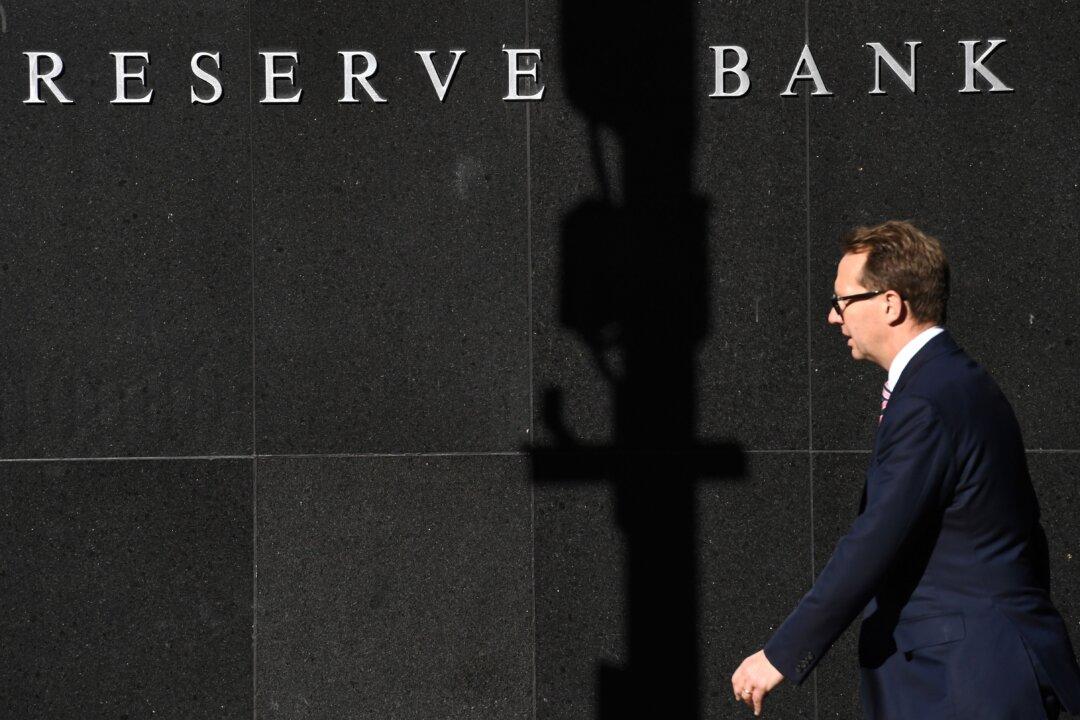The Australian government has released an independent review of the Reserve Bank of Australia (RBA) that provides a framework for the central bank’s reform.
The review (pdf) pointed out that the current RBA board’s composition and decision-making processes were not sufficient to allow the bank to make policy decisions, strategies and judgments effectively.





